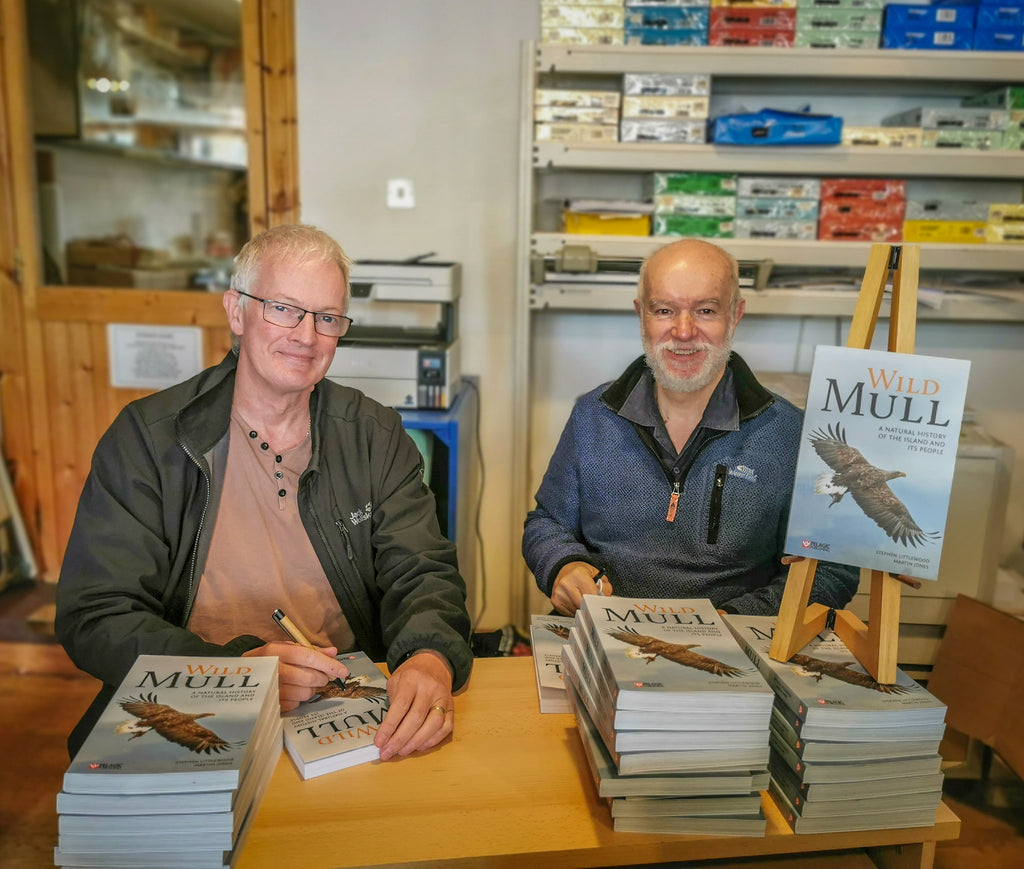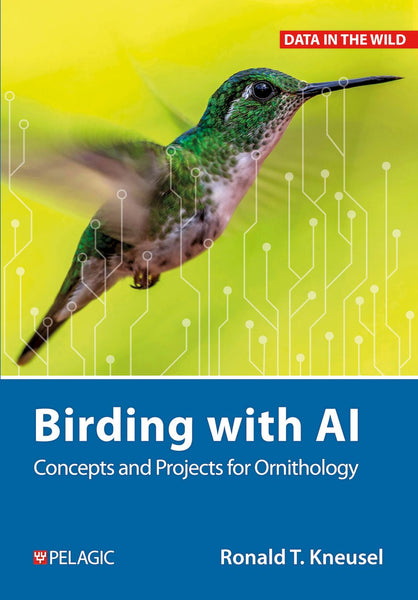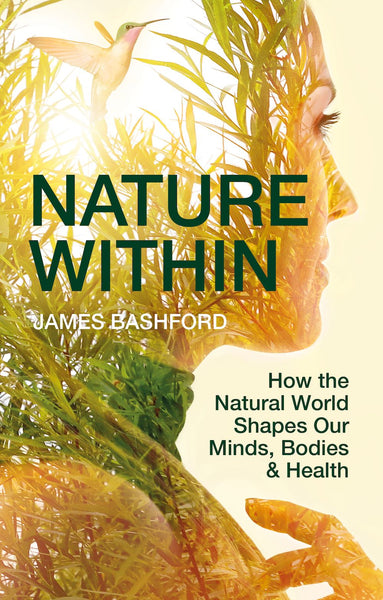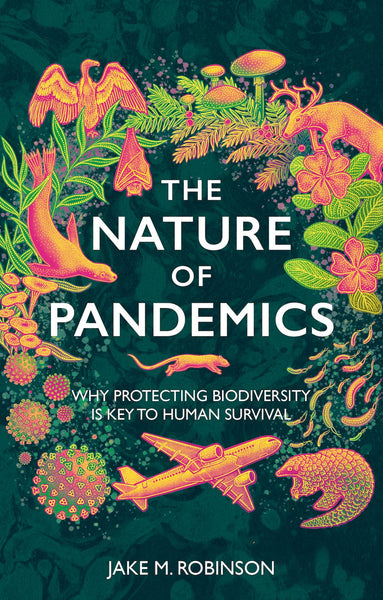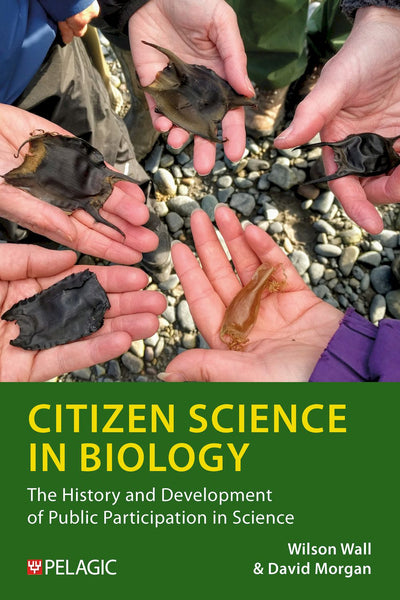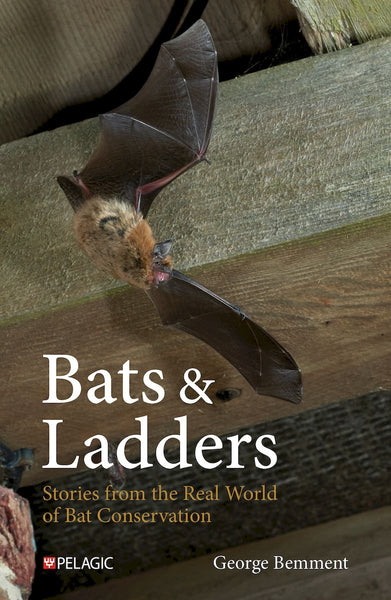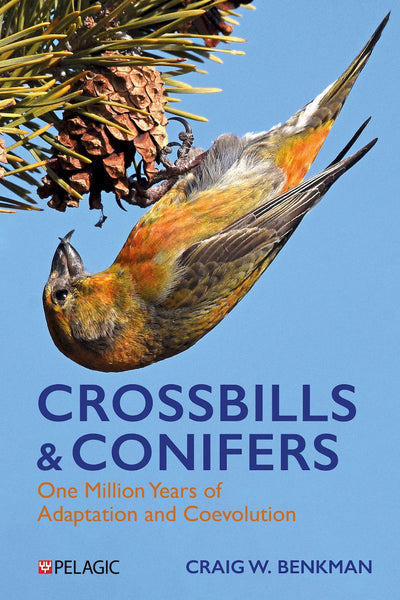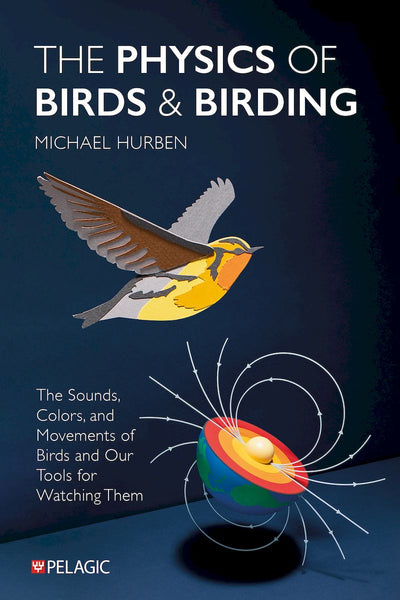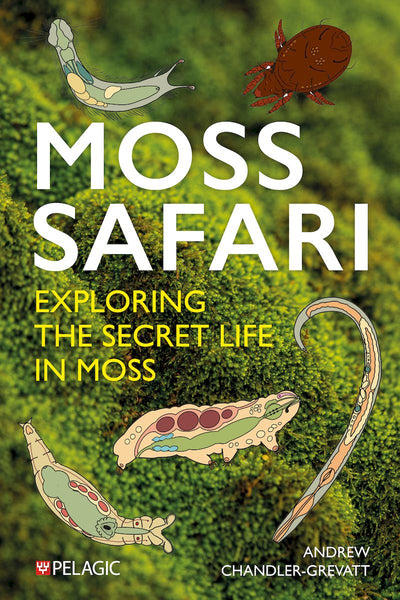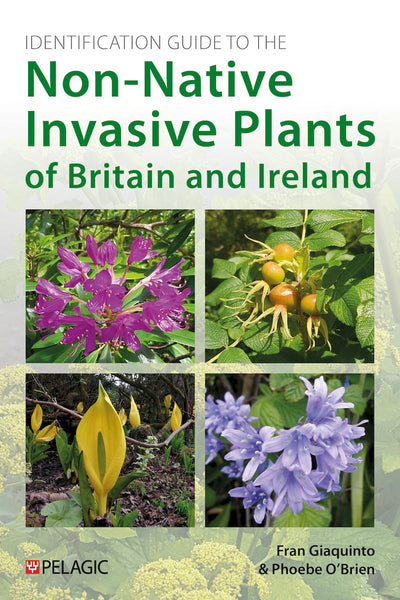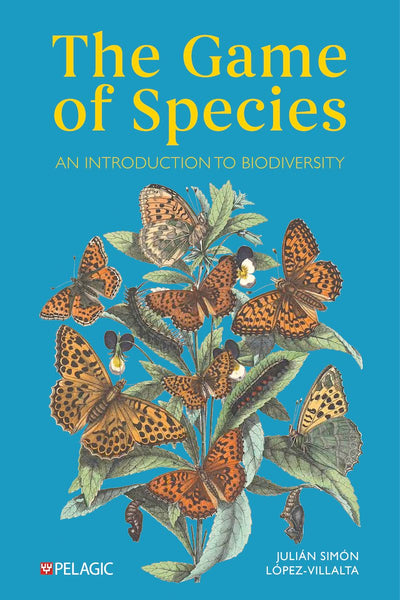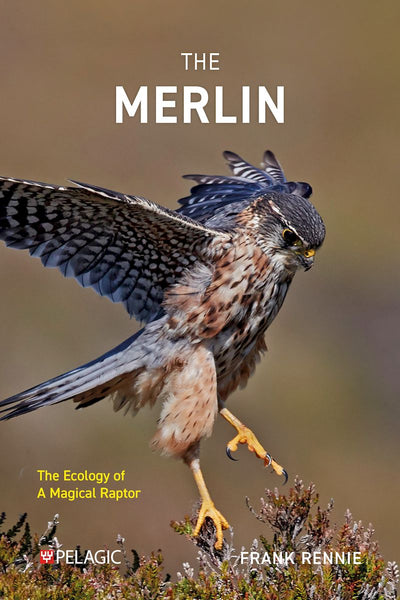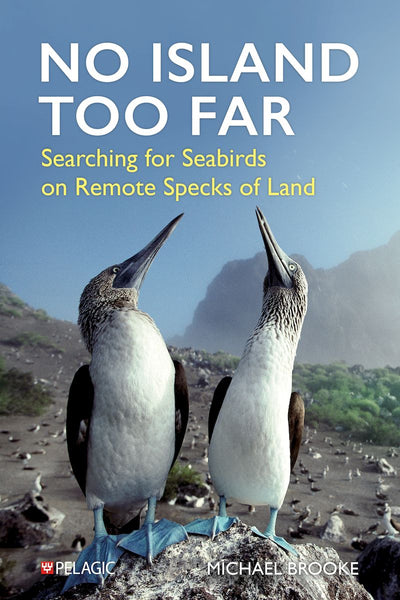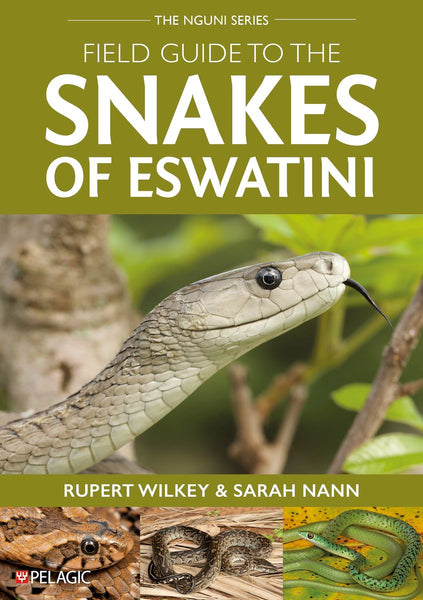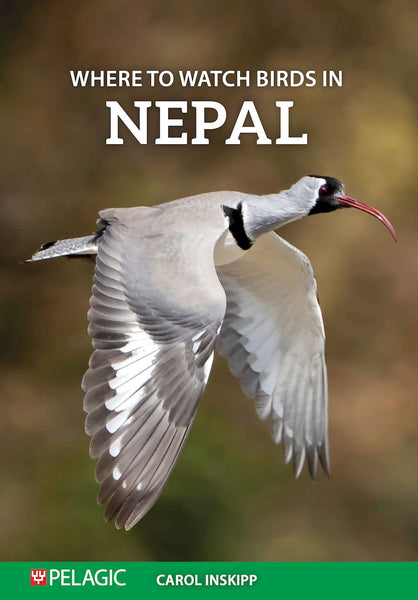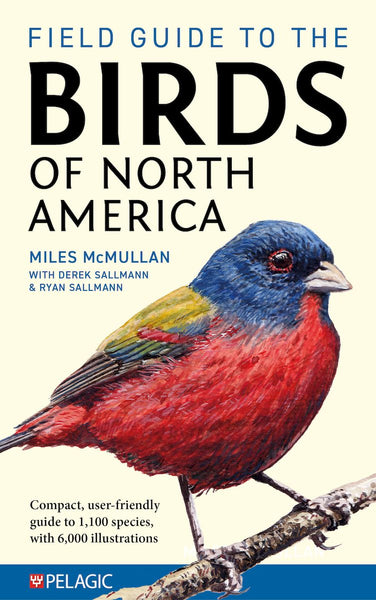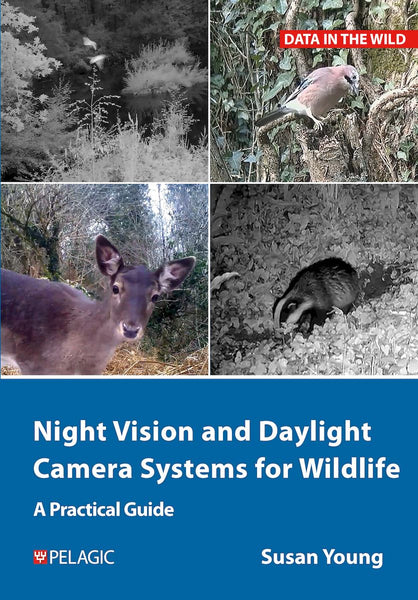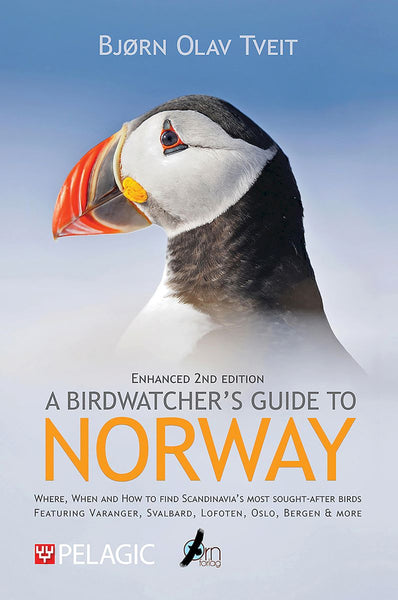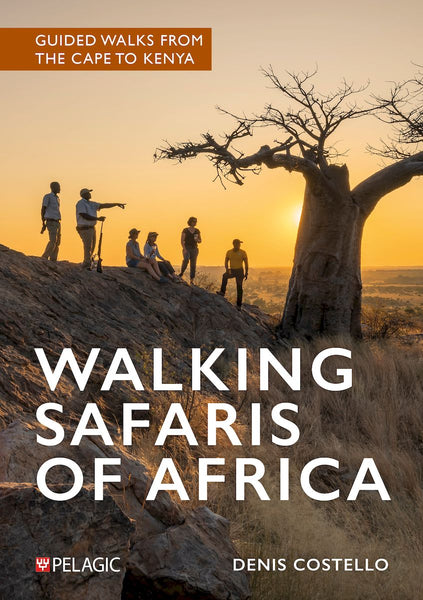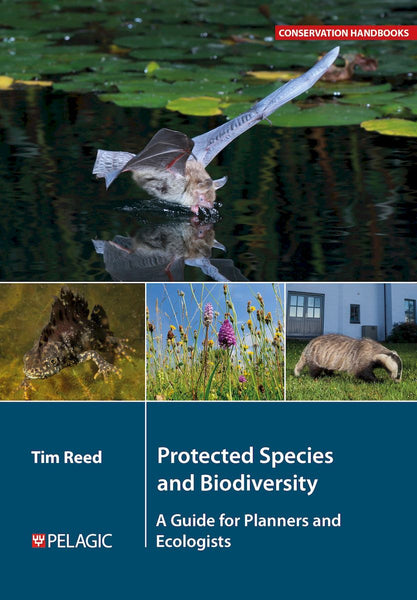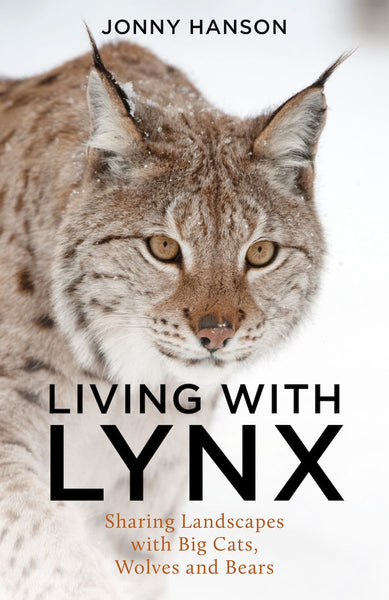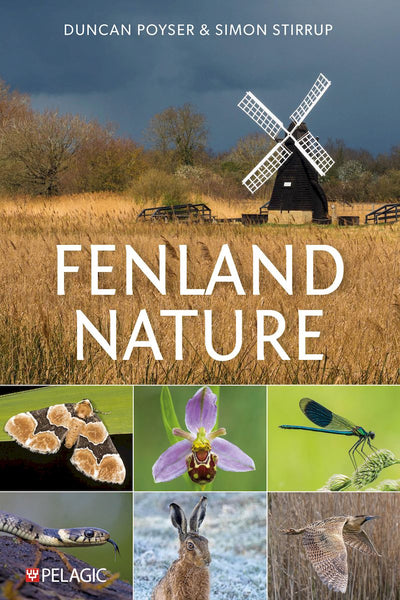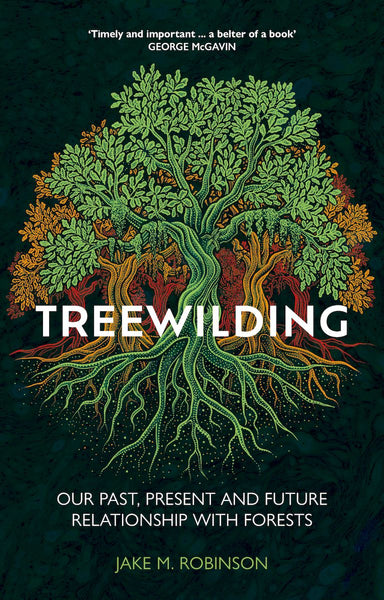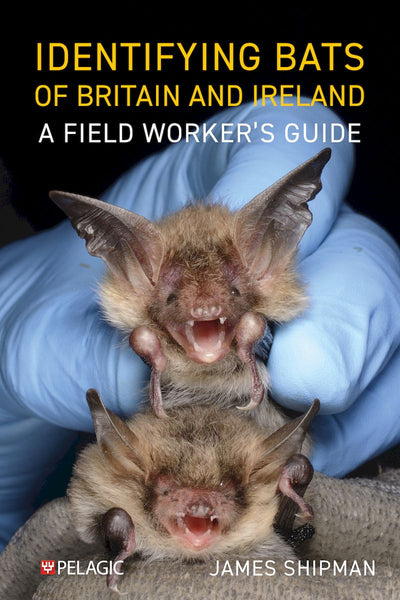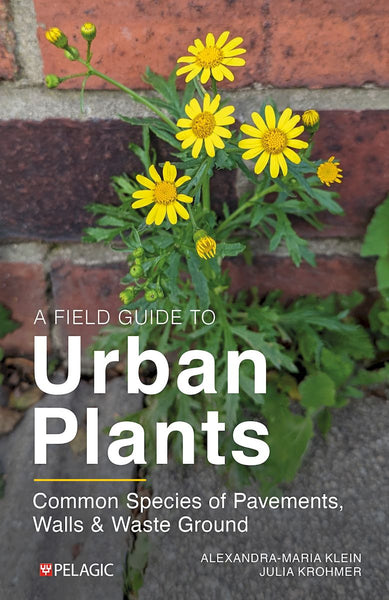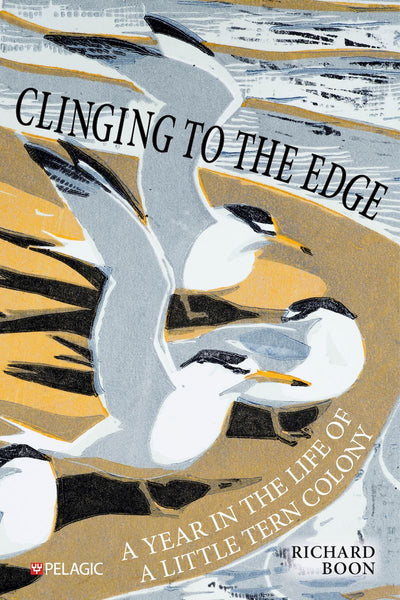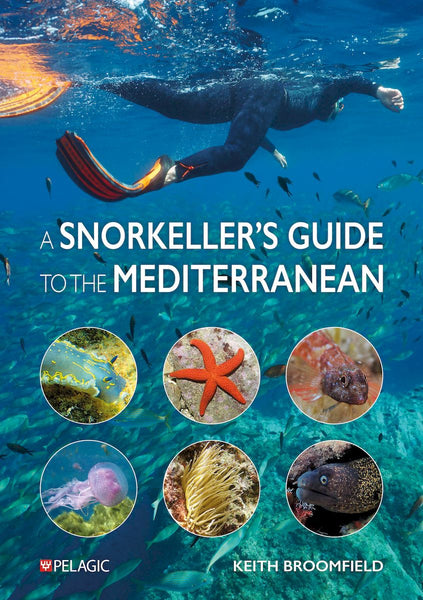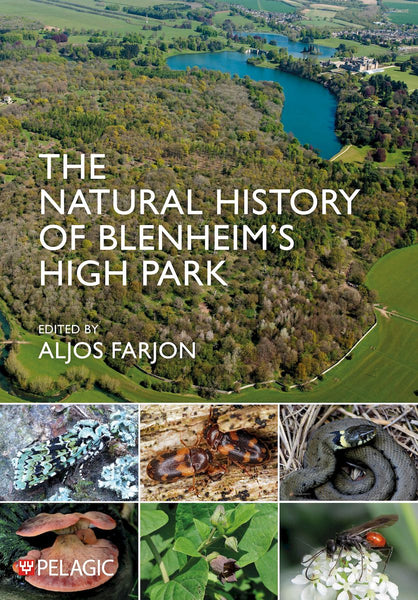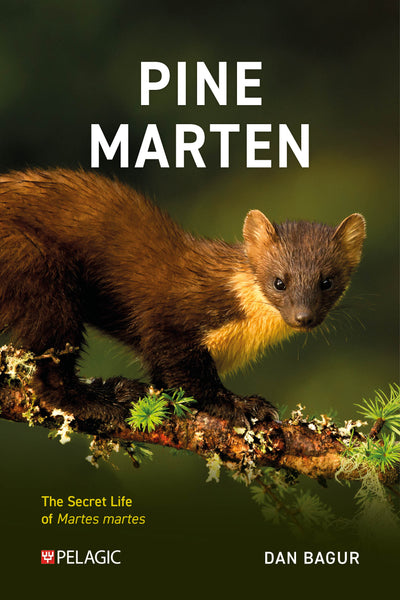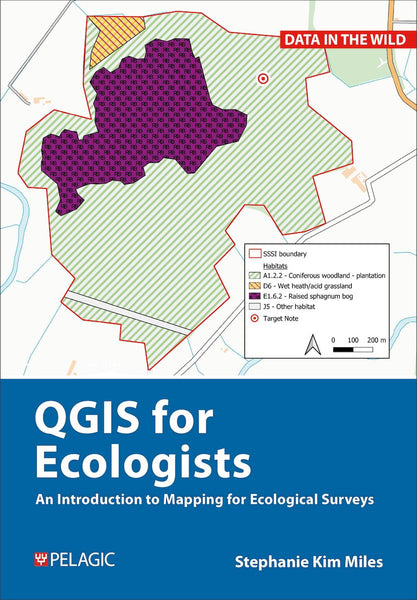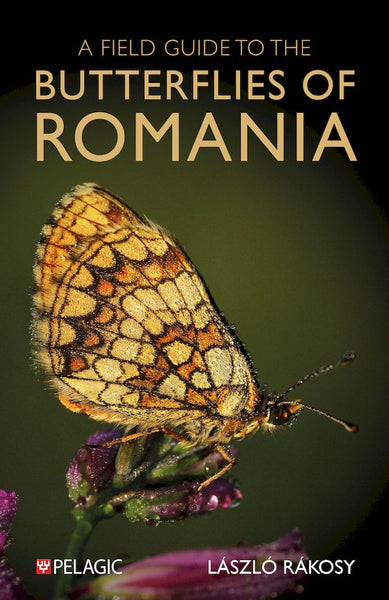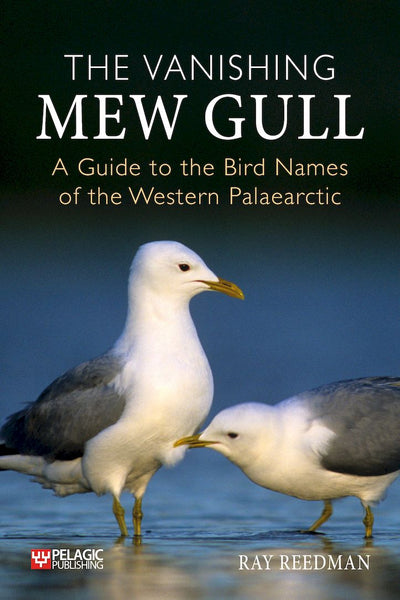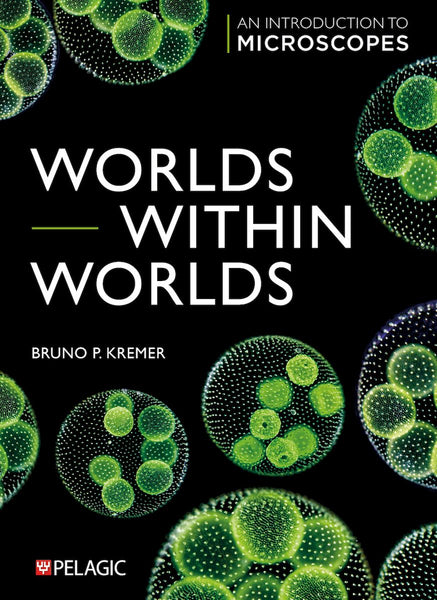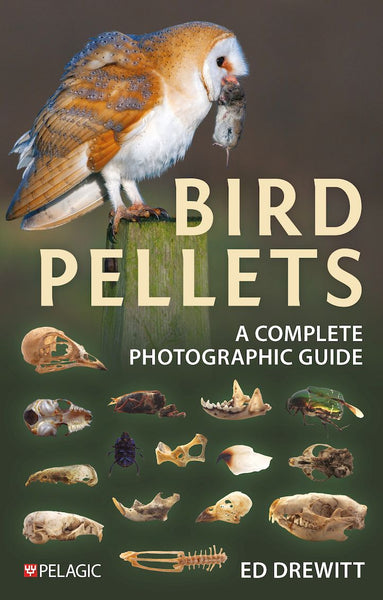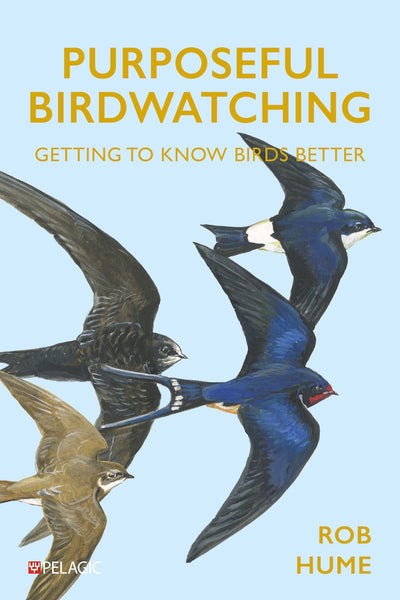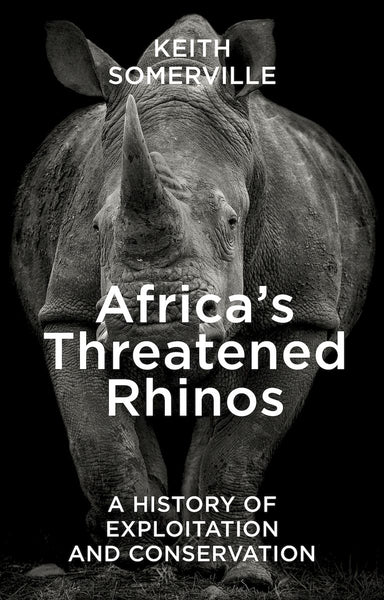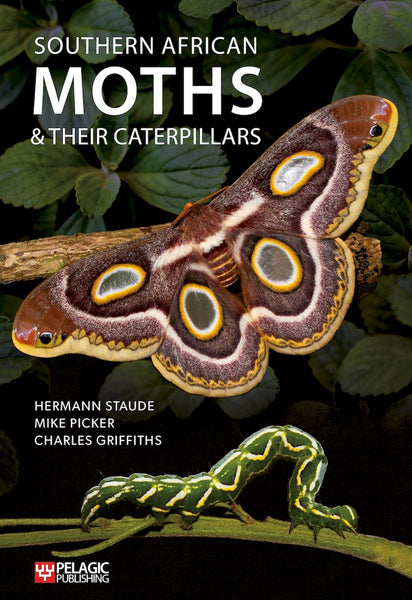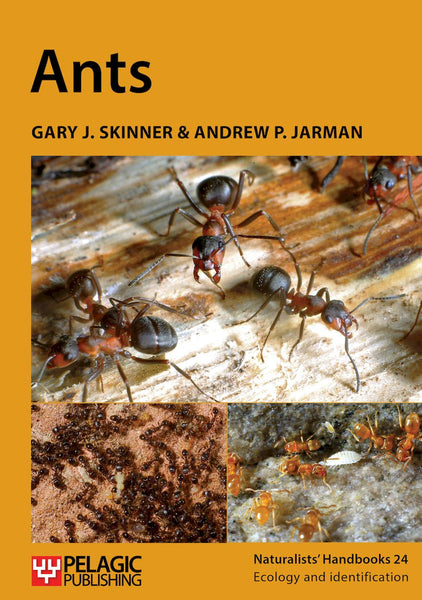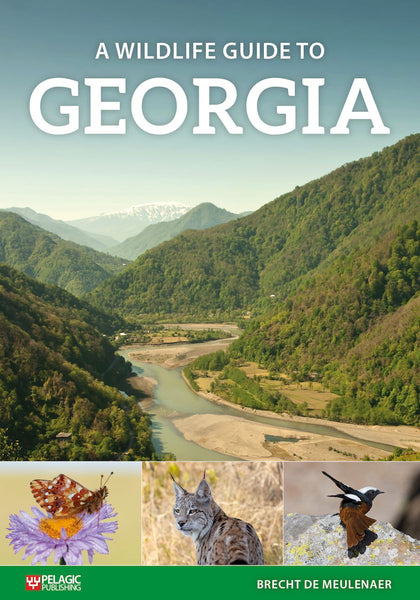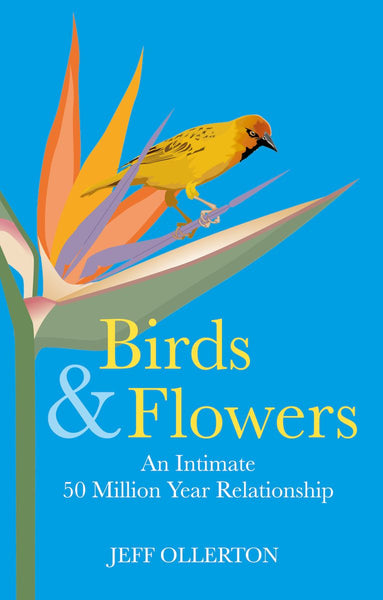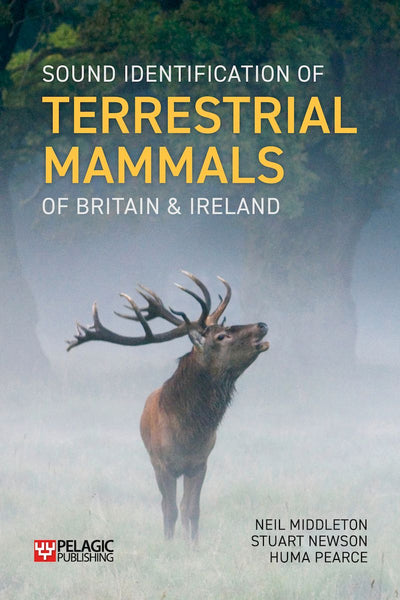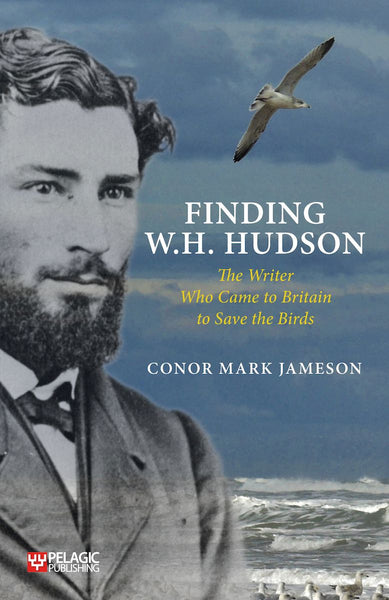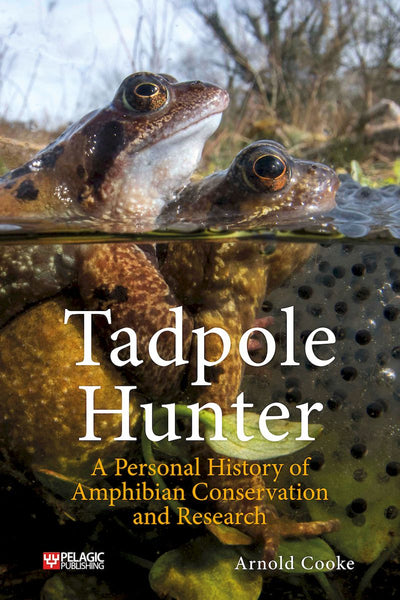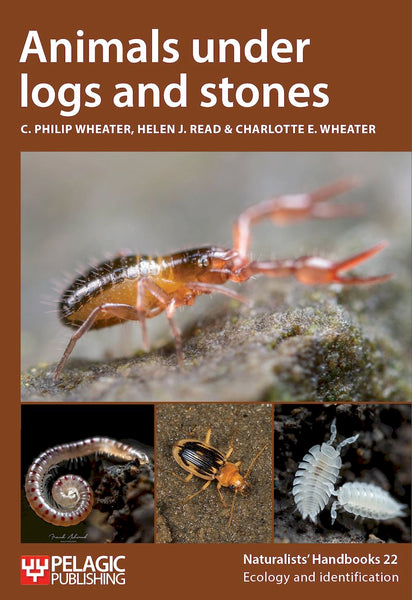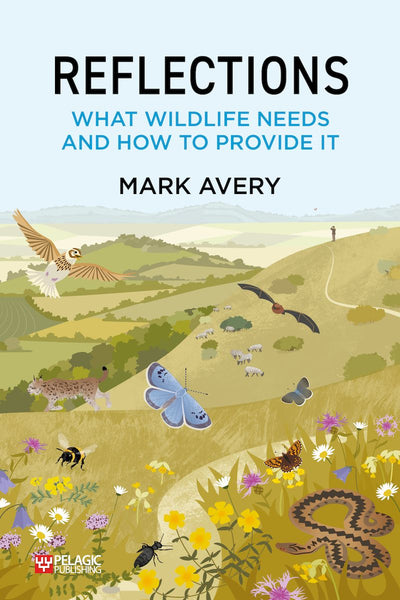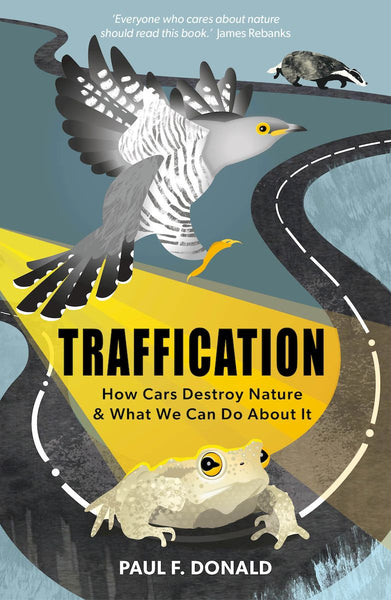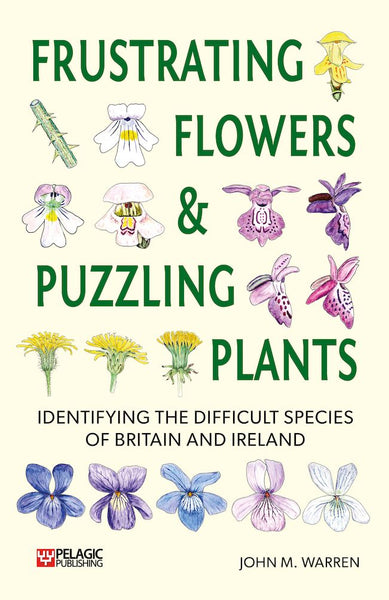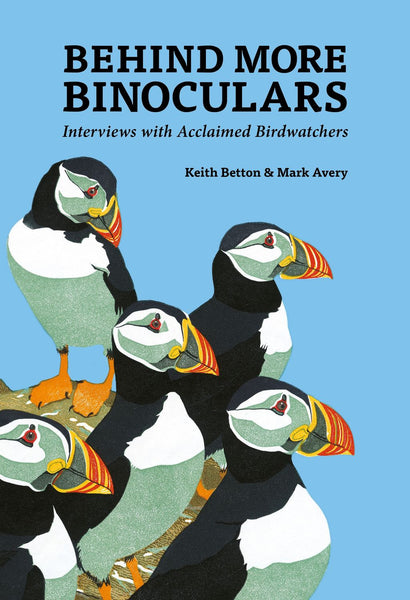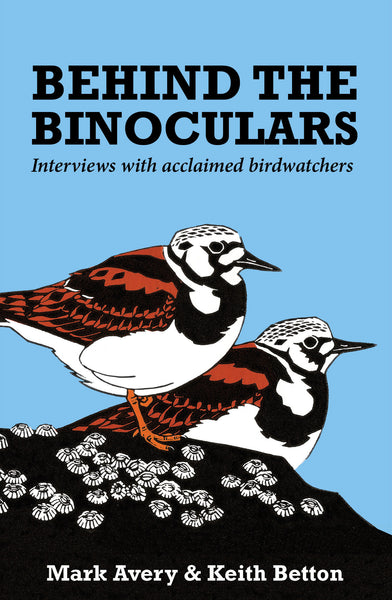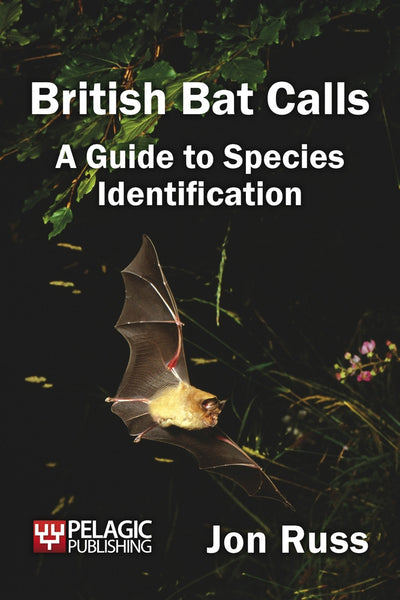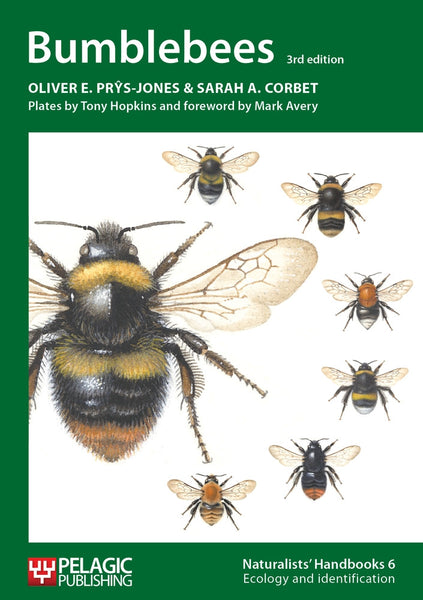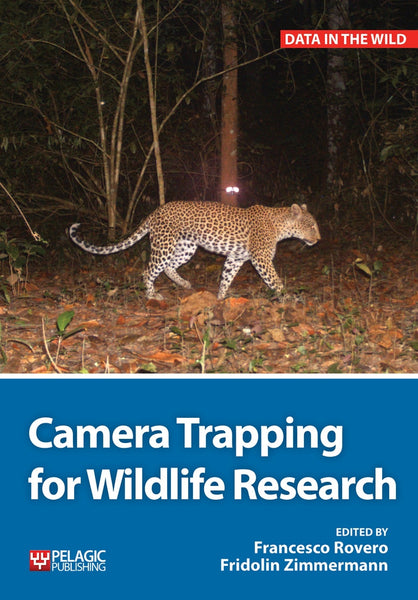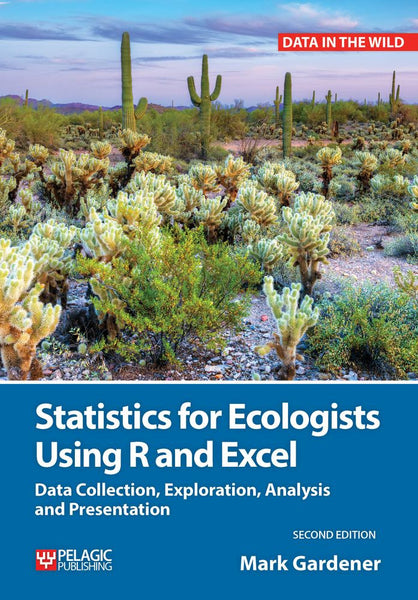Last week we published Wild Mull: A Natural History of the Island and its People by Stephen Littlewood and Martin Jones.
In this author interview, Stephen shares the inspiration behind this stunningly illustrated guide to the wildlife, history, and landscapes of the Isle of Mull.

What prompted you to write this book?
Much of my professional life was concerned with influencing policy and practice to support the conservation and development of meaningful green space in and beyond urban areas. We all realise that the environment has been drastically degraded over time and people today tend to be highly insulated from biodiversity in their daily lives. Consequently, there has been an increasing demand for wild places where people can compensate by engaging with nature in their leisure time. This has resulted in a massive increase in wildlife tourism. My adopted home of Mull has a reputation as a key wildlife destination. This has burgeoned notably since the rewilding of white-tailed eagles on the island and subsequent media publicity. The upshot is that thousands now flock to Mull with a desire to see eagles, otters and dolphins. However, many people don't have detailed knowledge about lives of these species, why they are where they are, how they behave and how these headline species fit into a bigger picture of functioning ecosystems. Wild Mull began as an attempt to rectify that.

Martin Jones (L) and Stephen Littlewood (R) at Wild Mull book signing - Tackle and Books, Tobermory, Mull. Photo: Stella Clifford-Jones.
What are you most pleased with about the book?
I think we have succeeded in creating more than a conventional guidebook. This is a real story: beginning with geological origins of Mull, passing through the first appearance of people, considering the impact of humans on the island’s biodiversity over time, culminating in an explanation of the present-day ecological mix alongside a host of details about individual species. This was an ambitious undertaking and we also wanted to make the book very attractive and inviting to a wide audience. I think Martin and myself have combined the perfect mix of entertaining yet informative text accompanied by top-quality images. I hope others feel the same!

Puffin on Lunga. Photo: Martin Jones.
What was the biggest challenge you faced while writing Wild Mull?
There is a lot of talk today about human influence on nature, historic baselines, rewilding and so on. If you seriously want to understand such things, particularly in the context of modern Mull, you must research a complex history of the flora and fauna, the role of people, indigenous and introduced species etc. This meant sourcing data from widely diverse historical and current accounts and then trying to interpret it. Researching 17th, 18th and 19th century literature was certainly a fascinating challenge and also a very rewarding one.

Red Deer Stag. Photo: Martin Jones.
If you had one day to watch wildlife on Mull, how would you spend your time?
I could take a tour to the seabirds of the Treshnish Isles, a boat trip to see white-tailed eagles, dolphins, whales or basking sharks, or wander in a hazelwood to a backdrop of willow warblers singing. However, my ideal day would be a solitary foray into the mountains, with deer, hen harriers and golden eagles for company. We all need to loosen the shackles occasionally, and a high, rough landscape amongst self-willed wildlife works every time for me!
Wild Mull: A Natural History of the Island and its People by Stephen Littlewood & Martin Jones is available to buy now!






